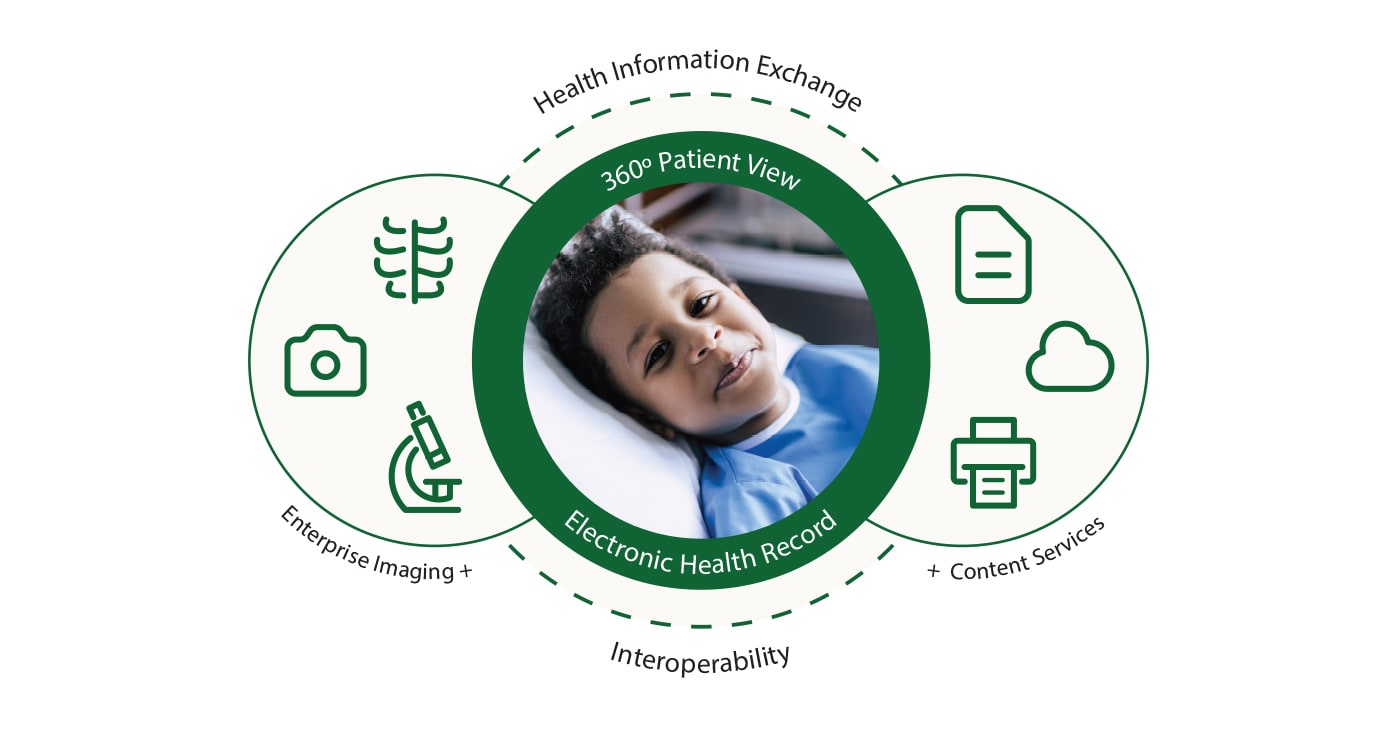Ideal Healthcare RCM Practices to Enhance Operational Effectiveness and Collections
Ideal Healthcare RCM Practices to Enhance Operational Effectiveness and Collections
Blog Article
A Comprehensive Guide on Just How Medical Care RCM Works to Streamline Payment and Collections
Navigating the intricacies of healthcare profits cycle monitoring (RCM) is important for service providers intending to enhance their invoicing and collections procedures. The overview unboxes the complexities of RCM, from individual enrollment to accounts receivable management, providing insights right into maximizing each action.
Understanding Income Cycle Administration
RCM is a crucial management feature that includes the entire financial process of person treatment, from the preliminary visit setting to the last payment of the balance. It is a complex treatment developed to identify, collect, and take care of the profits from the services given to people.
The RCM process begins when an individual schedules a visit and expands via the client's treatment trip, consisting of invoicing and collections. A crucial objective is to lower the time between providing a solution and receiving repayment, hence improving the organization's monetary wellness. RCM includes numerous functions such as person registration, insurance policy verification, cost capture, coding, declares entry, payment publishing, and handling rejections and allures.
Key Parts of RCM
In the realm of Profits Cycle Management (RCM), comprehending its essential elements is fundamental to accomplishing financial effectiveness within medical care companies. RCM is a detailed procedure that encompasses various phases, each crucial to ensuring effective invoicing and collections. The key elements consist of individual registration, insurance policy verification, cost capture, coding, insurance claim entry, repayment uploading, and accounts receivable administration.


As soon as coded, cases are sent to payers, where accuracy is critical to prevent hold-ups or denials - Healthcare RCM. Payment posting involves tape-recording the obtained payments, which permits the reconciliation of accounts. Lastly, accounts receivable management concentrates on tracking and attending to unsettled insurance claims, guaranteeing timely follow-up and resolution
Each element of RCM is interconnected, and inefficiencies in any part can interfere with the whole cycle. Therefore, mastering these components is essential for healthcare service providers to enhance income and enhance their financial wellness.
Strategies for Effective Invoicing

Systematizing payment treatments across the organization is one more key strategy. Establishing clear standards for documents, coding, and submission helps maintain uniformity and compliance with regulatory requirements. Training staff routinely on these treatments ensures everyone is up-to-date with the current adjustments in payment codes and payer plans.
Precise cost capture look at these guys is essential in avoiding revenue leak. Carrying out normal audits and tracking systems allows for the recognition and modification of inconsistencies prior to they impact revenue. In addition, preserving open lines of interaction with payers assists to quickly solve any type of disputes or misconceptions that may develop.

Finally, interesting individuals early in the invoicing procedure by supplying clear quotes and academic products regarding their monetary responsibilities can substantially minimize complication and enhance payment timeliness. These techniques collectively contribute to a more financially healthy and balanced and effective billing system.
Enhancing Collections Processes
Offered the complexities of clinical payment and the selection of sites payer demands, improving the collections procedure includes executing tactical steps that make sure prompt and accurate settlement of services rendered. Automation tools can help in tracking insurance claim conditions, sending prompt pointers to clients, and managing rejections more properly.
Educating staff to understand the subtleties of insurance coverage policies and invoicing codes is equally essential. This expertise equips them to attend to payment discrepancies rapidly and connect successfully with clients regarding their monetary obligations. In addition, clear and clear patient interactions are important. Offering detailed descriptions of fees and providing adaptable payment strategies can raise person fulfillment and timely repayments.
Regular audits of the collections procedure must be conducted to determine locations for renovation and make certain conformity with guidelines. By analyzing data, medical care organizations can identify fads, prepare for possible issues, and adapt approaches appropriately (Healthcare RCM). Ultimately, a well-enhanced collections process not only supports monetary health yet also adds to an extra smooth experience for clients and staff alike
Optimizing Profits Streams
Structure upon the structure of a solid collections procedure, healthcare companies can better strengthen their financial stability by purposefully enhancing income streams. This involves a multi-faceted method, starting with a comprehensive analysis of existing profits sources to determine ineffectiveness and areas for development. Utilizing advanced data analytics tools enables organizations to acquire insights right into payer mix, client demographics, and service usage patterns, allowing for data-driven choices that improve profits capture.
Applying automated billing systems can substantially lower mistakes and accelerate cases processing, guaranteeing that revenue is collected more successfully. In addition, enhancing payer agreements via routine arrangements can enhance reimbursement prices and terms, directly impacting the bottom line. Branching out solution offerings, such as incorporating telehealth or health care, can likewise draw in a wider patient base, therefore raising earnings possibility.
An additional vital find more part is improving patient interaction and contentment, as completely satisfied people are more probable to follow therapy plans and make timely repayments. Using versatile settlement alternatives and transparent billing techniques can enhance collections and foster patient commitment. Healthcare RCM. By embracing these strategies, medical care companies can produce a much more resistant financial framework, guaranteeing sustained development and stability in an ever-changing industry landscape
Final Thought
Finally, medical care Profits Cycle Administration (RCM) plays a vital function in maximizing payment and collections processes by integrating key parts such as person registration, insurance coverage confirmation, fee capture, coding, declares submission, and balance due management. By using innovative technology, systematizing treatments, and promoting client involvement, doctor can dramatically reduce insurance claim denials, increase settlement cycles, and boost money circulation. This extensive method to RCM inevitably leads to enhanced monetary effectiveness and sustainability for health care organizations.
The RCM procedure starts when a person schedules an appointment and prolongs with the person's care trip, including billing and collections.One more vital component is enhancing client interaction and complete satisfaction, as satisfied people are a lot more most likely to stick to therapy strategies and make timely repayments. Offering adaptable repayment alternatives and clear invoicing practices can enhance collections and foster person commitment.In conclusion, medical care Revenue Cycle Administration (RCM) plays a crucial role in maximizing invoicing and collections processes by integrating essential elements such as individual enrollment, insurance policy confirmation, charge capture, coding, claims entry, and accounts receivable monitoring. By employing innovative modern technology, systematizing procedures, and fostering individual engagement, medical care carriers can substantially decrease insurance claim denials, increase repayment cycles, and enhance cash flow.
Report this page